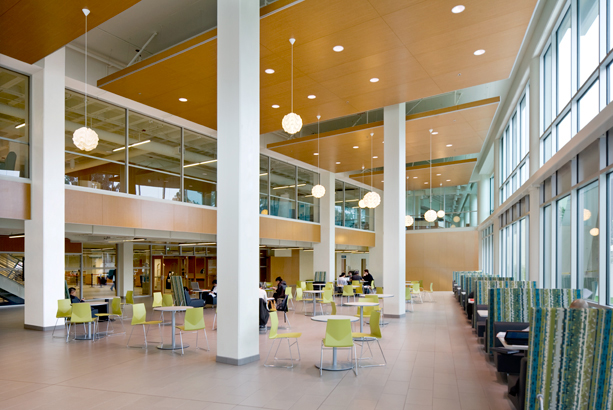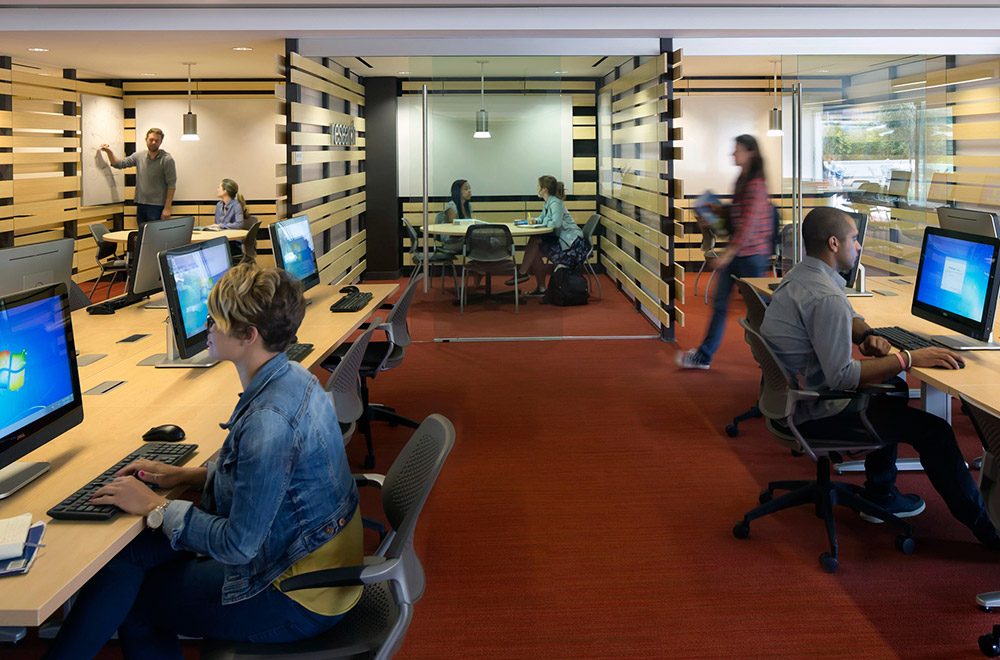HMC Architects and Balfour Beatty Construction received the 2012 Project of the Year award from the Design-Build Institute of America – Western Pacific Region for the J. Paul Leonard and Sutro Library at San Francisco State University. Together our design-build team delivered a high quality facility with cost savings for the University and reduced project delivery time.
 “This building is a tribute to the teamwork of all the stakeholders who had the vision to go beyond and push the edges of design-build methodology,” commented the DBIA – Western Pacific Region awards jury. “It’s a standout example of what design-build can achieve when confronted with a complicated program and diverse client goals.”
“This building is a tribute to the teamwork of all the stakeholders who had the vision to go beyond and push the edges of design-build methodology,” commented the DBIA – Western Pacific Region awards jury. “It’s a standout example of what design-build can achieve when confronted with a complicated program and diverse client goals.”
The Library was originally constructed in three phases (1953, 1959 and 1971) but was in need of a renovation and expansion to accommodate a growing student population, address serious inadequacies in the condition of its exterior envelope, and update the building’s electrical and telecommunications systems to meet the needs for support of modern electrical information and multi-media systems.
The total project size is 362,500 SF for a total cost of $103,820,760. The two-phase design-build project of the Library included building renovation for seismic reinforcement of the existing facilities with concrete shear walls around the perimeter and bonded FRP (Fiber Reinforced Plastic) strips throughout various areas of the existing concrete slabs.

Phase one of the project included constructing the 60,000-SF “West Addition” that houses book stacks and the installation of an automated library retrieval system (LRS) at ground level. Phase two included constructing a 20,000-SF “North Addition” as well as the renovation of the 282,500-SF existing library. The renovation removes various redundant staircases and shafts that limit the use of the building’s core. Staircases were moved to the perimeter of the building to further open up the interior space.
In total, the new library adds 34% more total space; 50% more seating; 50% more group study areas; 50% more collection capacity, both in open stacks and a high-density automated retrieval system; and 100% more computers; all while providing a flexible and congenial learning environment in the heart of campus.
